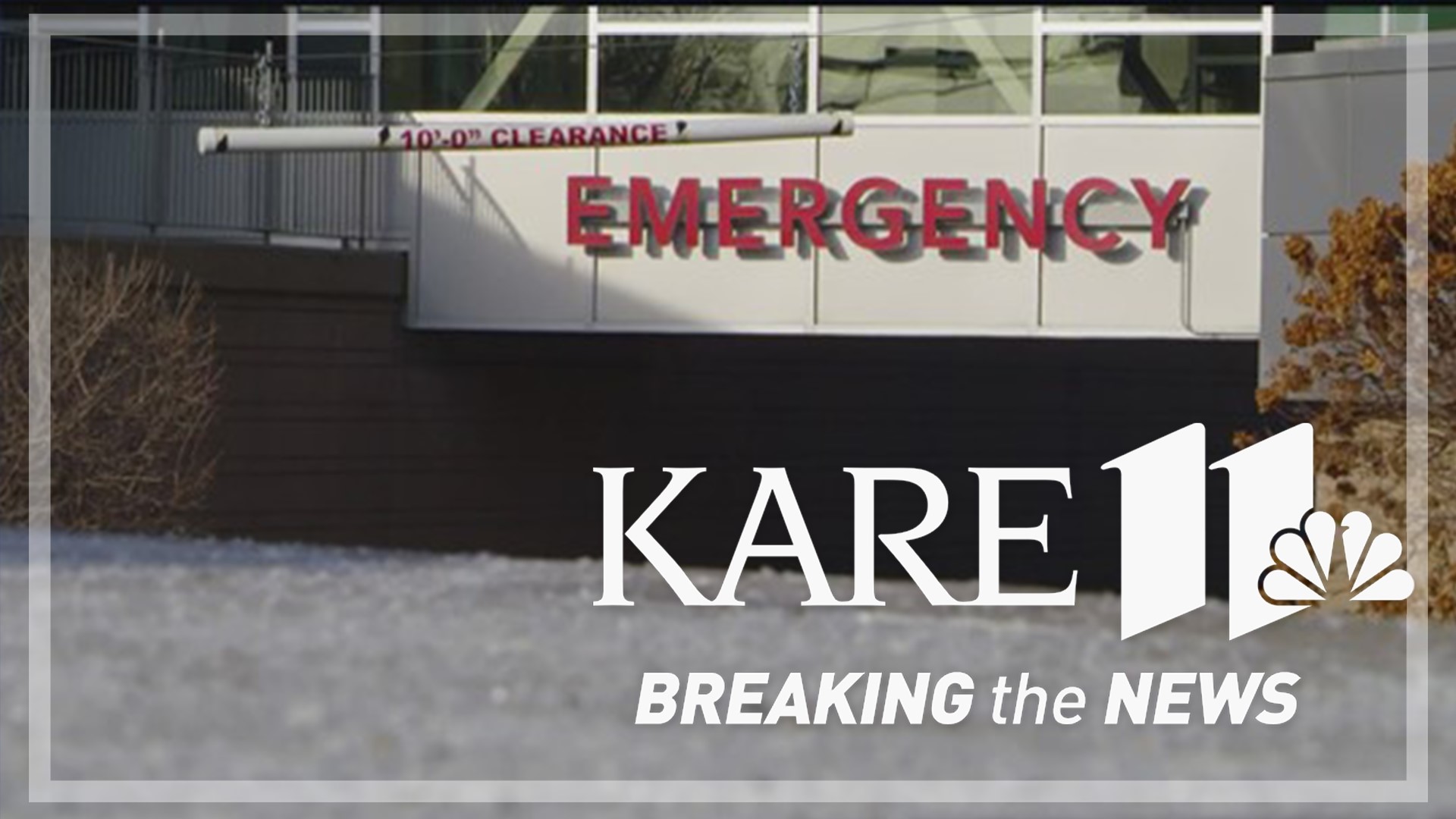MINNEAPOLIS — A task force of physicians, hospital leaders, mental health advocates, and community and county providers issued a lengthy report about a boarding crisis happening inside Minnesota emergency departments.
Boarding is defined as the time in which a patient will wait to be treated, or discharged to a proper treatment setting, after being diagnosed in the emergency department.
According to the task force, patients with a mental health diagnosis are nearly five times more likely to experience boarding, and the odds increase even more for children.
Sue Abderholden, executive director of NAMI Minnesota, says demand for mental health support has grown after the pandemic, but the availability of facilities, beds, staff, and money to address the problem has only grown more scarce.
"The boarding has gotten much worse, much, much worse," said Abderholden, who is also a member of the task force. "I can tell you just anecdotally, the stories that come to our office are pretty horrific, especially for children with high needs. There is nowhere for them to go. What is really a tragedy, for some of those families that say, 'I can't bring my child home, because I can't keep my children safe or my other children safe,' they are actually reported to child protection in some cases. Those families are not neglecting their children, our system is neglecting them."
In late March of 2022, Jill Stadtmueller, and her daughter Sienna, spoke to KARE11 about the struggle to find mental health treatment, and the wait for acute mental health care, when Sienna was in an urgent crisis.
Jill: "The last two visits we were there for about three days... in the ER."
Kent: "Did you ever feel like, what am I doing here?"
Sienna: "Yeah. That's definitely what I felt like. I felt really guilty just sitting there because I was wondering if there was someone who was on life support who needed to be in the ER now and I was taking up that spot there."
Unfortunately, when Sienna encountered another acute mental health crisis this spring, Jill says they soon discovered the situation in their local ER had only grown worse.
"Unfortunately, the waiting in the ER, it was just so full," Stadtmueller said. "There were just kids lined up in the hallway with dividers and she had to just sleep in that environment. The next day she was moved into a behavioral emergency department for adults, but it took her another day to get into a room in that area, so she was out in a large room. People were coming in at like midnight, two in the morning, adults with pretty severe mental illness, so it was like kind of scary for her. Her dad could sleep with here there, but they didn't even have beds, it was just like the chair that folded out."
Abderholden says the wait has only grown longer as the list of group homes and other facilities offering treatment has grown shorter.
According to the Association of Residential Resources in Minnesota, 161 closed in 2022, affecting hundreds of people and their support systems. Even though DHS indicates that new licenses are coming on line to try to address the availability of licensed beds, the underlying issue still appears to be growing worse.
"A lot of those homes have closed because they can't afford to hire people and they can't find them," Abderholden said. "What we know is that psychiatrists are paid less under private or Medicaid rates, we know that even our therapists are paid less and so how can you bring more people into the field when they can't make money, and how can these programs hire people when the rate is so low. When you can make more money at a fast food restaurant."
She says new legislation does provide loan forgiveness and other financial support to encourage more people to enter the field... and should eventually increase access to Psychiatric Residential Treatment Facilities.
"It's a higher level of care than our current children's residential, a lower level than hospitalization," Abderholden said. "The problem is that we couldn't get any private insurance to pay for it. So this session we were able to make a mandated benefit for Minnesota health plans."
But that doesn't mean it's easy to navigate.
"I started making calls on my own, while we were waiting in the ER," Jill said.
She says Sienna is now six weeks into a children's residential program, but Jill says that the bigger financial fight continues.
"Basically, the insurance says, okay you can go there, but it's out of network, which is thousands and thousands of dollars, well I don't really have a choice, she needs to be there," Jill said. "This is an emergency. I'm going to fight it. I'm going to fight it and say this is an emergency. Like why is that such a difficult thing to figure out."
Watch more Breaking The News:
Watch all of the latest stories from Breaking The News in our YouTube playlist:

